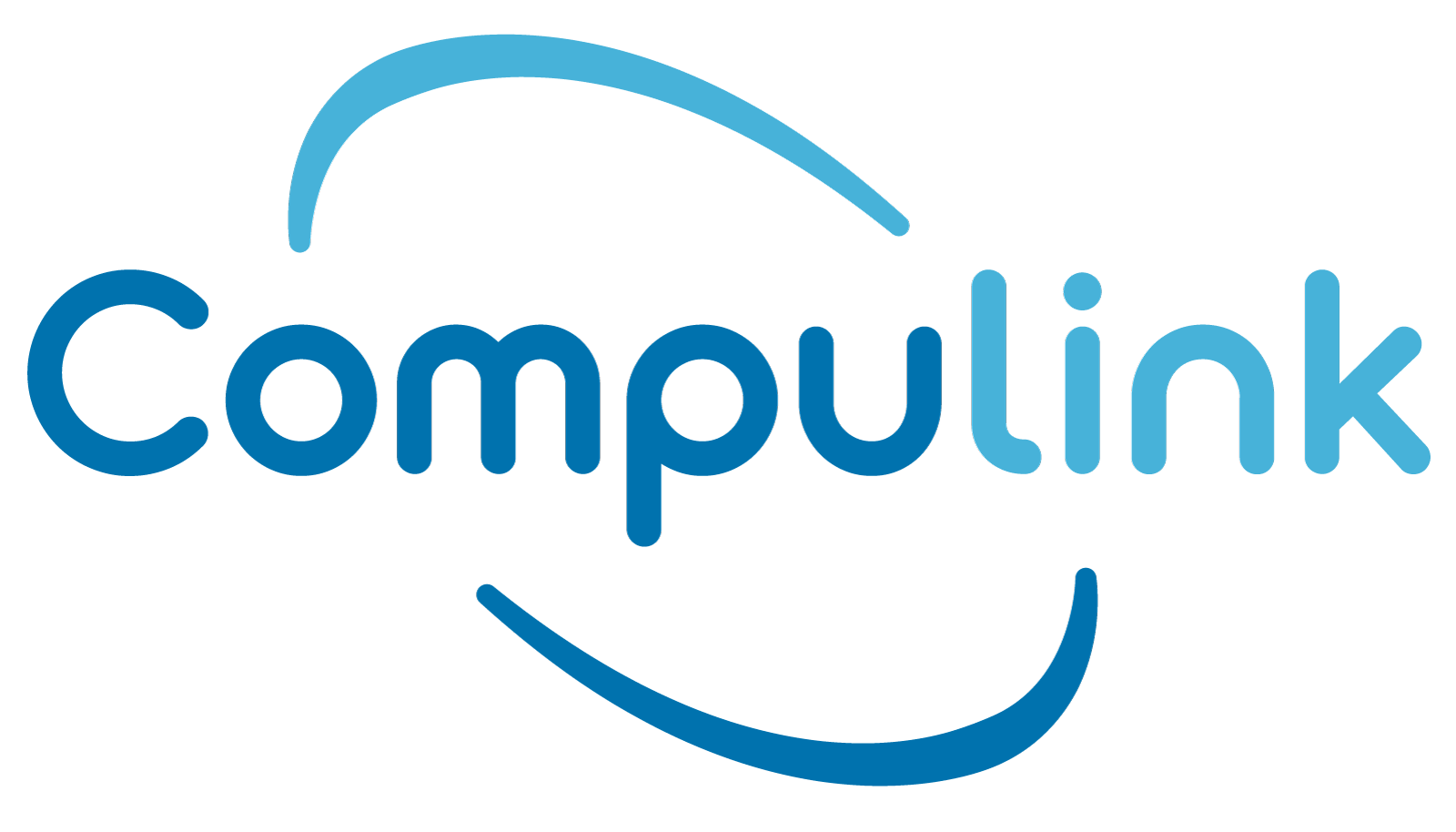How to Design an Effective Data Center Transformation Plan?
Data centers are crucial for organizations to manage and organize massive volumes of information in today’s rapidly evolving digital environment. Companies must alter their data center to be competitive and respond to shifting business requirements as technology develops and demand increases.
Data centers are essential for handling, processing, and storing enormous amounts of data. A data center transformation strategy, however, may be difficult and complex to plan and implement.
Let’s explore the key steps and considerations for designing an effective data center transformation plan:
-Defining Transformation Scope and Timeline:
Once you have assessed your current state and established your objectives, defining the scope and timeline of your data center transformation is essential. This includes determining the extent of the changes you intend to make, such as hardware upgrades, virtualization, cloud migration, or architectural redesigns. Setting realistic timelines and milestones will help ensure your transformation plan stays on track and aligns with your business requirements.
-Establishing a Transformation Team:
A successful data center transformation requires a dedicated team with expertise and experience. Identify key stakeholders from various departments, including IT, operations, finance, and executive leadership, who can contribute to the transformation process. Assign roles and responsibilities to team members, ensuring clear communication channels and accountability throughout the project.
-Developing a Migration Strategy:
When designing a data center transformation strategy, developing a comprehensive migration plan that minimizes disruptions to ongoing operations is essential. Determine the sequencing and prioritization of migration activities, considering factors such as the criticality of applications, dependencies, and potential risks. Also, establish a rollback plan to address unforeseen issues and ensure business continuity during migration.
-Building Scalability and Flexibility:
Design your transformed data center to be scalable and flexible, allowing for future expansions and technology advancements. Consider implementing modular architectures, virtualization techniques, and cloud-native solutions to enable agility and resource optimization.
-Testing and Validation:
Conducting thorough testing and validation is crucial before implementing your data center transformation strategy. Establish a testing environment that replicates your production systems and applications to ensure a smooth transition. Test your transformed data center components’ performance, resilience, and interoperability, and address any issues or bottlenecks before the final implementation.
-Implementing Change Management:
Effective change management is vital for the success of your data center transformation plan. Communicate the benefits and objectives of the transformation to all stakeholders, ensuring their buy-in and support. Regularly communicate progress and updates to keep everyone informed and engaged throughout the transformation journey.
-Continual Monitoring and Optimization:
Continuously monitor key performance metrics, such as energy efficiency, resource utilization, and system availability. Identify areas that require optimization and implement corrective measures accordingly. Stay updated with advancements and industry trends to ensure your transformed data center remains cutting-edge and future-proof.
Trends Driving Data Center Transformation
1. Edge Computing:
The rise of edge computing is driving the transformation of data centers. With the proliferation of IoT devices and the need for real-time data processing at the network edge, data centers are distributed closer to the data source to minimize latency and improve performance.
2. Big Data and Analytics:
The exponential growth of data and the demand for advanced analytics capabilities drive data center transformation. Organizations require powerful infrastructure to process and analyze massive volumes of data efficiently.
3. Artificial Intelligence and Machine Learning:
Data centers are being transformed to support AI/ML workloads and enable efficient training and inference processes.
4. Sustainability and Green Initiatives:
Environmental concerns and the need for energy efficiency are driving the transformation of data centers. Organizations are adopting green technologies, optimizing cooling systems, and implementing energy-efficient practices to reduce their carbon footprint.
5. Security and Compliance:
Data security and compliance regulations’ increasing importance shapes data center transformation. Organizations invest in robust security measures, encryption technologies, and compliance frameworks to protect sensitive data and ensure regulatory adherence. Thereby, it is important to look for a data center solution provider that brings experience and expertise to the table.
6. Software-Defined Infrastructure:
The adoption of software-defined infrastructure is an important factor as well. SDI allows for greater agility and automation by virtualizing and abstracting key data centers components such as networking and computing resources.
7. Hybrid and Multi-Cloud Environments:
The trend towards hybrid and multi-cloud environments has been a decisive factor. Organizations are optimizing their data centers to seamlessly integrate with public and private cloud platforms and enable workload portability.
8. Remote Workforce and Digital Collaboration:
The shift to remote work models and the increased reliance on digital collaboration tools drive data center transformation. Organizations are upgrading the infrastructure of their data center to support remote access, virtual meetings, and secure collaboration.
These trends collectively highlight the need for data center transformation to meet evolving business requirements, leverage emerging technologies, enhance agility, and ensure security and sustainability in a rapidly changing digital landscape.
Parting Words
Designing an effective data center transformation plan requires careful assessment, strategic planning, and meticulous execution. By choosing a reputed data center service provider, organizations can embark on a successful data center transformation journey, unlocking new efficiency, scalability, and agility levels in their operations. Remember, a well-designed transformation plan is the foundation for a modern and future-ready data center.
FAQs:
What are the three forms of data transformation?
The three forms of data transformation are:
- Structured Data Transformation – Changing the structure or format of data.
- Semantic Data Transformation – Altering the meaning or interpretation of data.
- Aggregation Data Transformation – Combining multiple data elements into one entity.
How should you plan a successful data center relocation?
To plan a successful data center relocation, assess the new location, create a detailed migration plan, ensure data backup and redundancy, coordinate with stakeholders, and conduct thorough testing and validation.
What is a data center transformation?
Data center transformation refers to making significant changes to an organization’s data center infrastructure and operations to improve efficiency, scalability, and adaptability to emerging technologies.




